Joe Armstrong9781934356005, 193435600X
Moore’s Law is the observation that the amount you can do on a single chip doubles every two years. But Moore’s Law is taking a detour. Rather than producing faster and faster processors, companies such as Intel and AMD are producing multi-core devices: single chips containing two, four, or more processors. If your programs aren’t concurrent, they’ll only run on a single processor at a time. Your users will think that your code is slow.
Erlang is a programming language designed for building highly parallel, distributed, fault-tolerant systems. It has been used commercially for many years to build massive fault-tolerated systems that run for years with minimal failures.
Erlang programs run seamlessly on multi-core computers: this means your Erlang program should run a lot faster on a 4 core processor than on a single core processor, all without you having to change a line of code.
Erlang combines ideas from the world of functional programming with techniques for building fault-tolerant systems to make a powerful language for building the massively parallel, networked applications of the future.
This book presents Erlang and functional programming in the familiar Pragmatic style. And it’s written by Joe Armstrong, one of the creators of Erlang.
It includes example code you’ll be able to build upon. In addition, the book contains the full source code for two interesting applications:
A SHOUTcastserver which you can use to stream music to every computer in your house, and a full-text indexing and search engine that can index gigabytes of data.
Learn how to write programs that run on dozens or even hundreds of local and remote processors. See how to write robust applications that run even in the face of network and hardware failure, using the Erlang programming language.
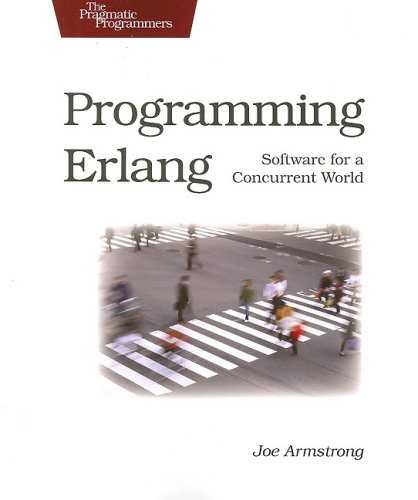
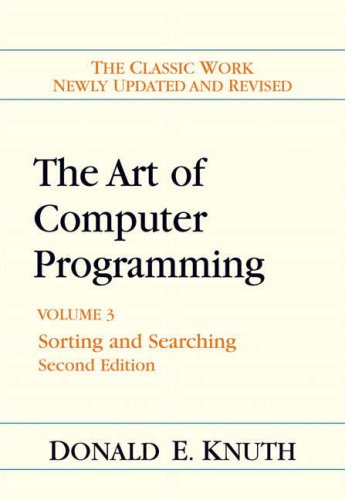
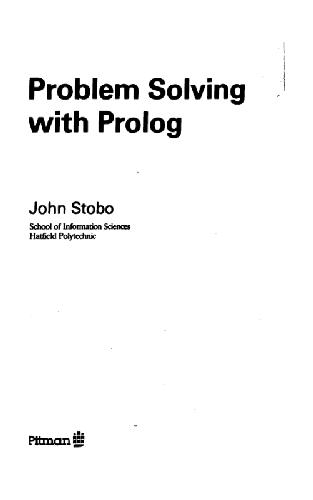


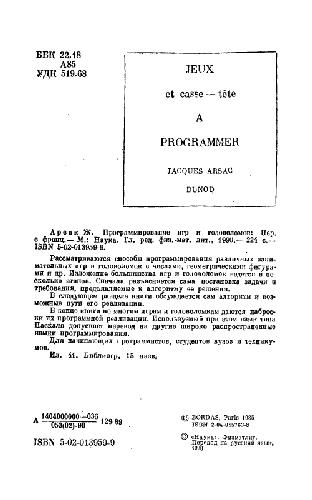
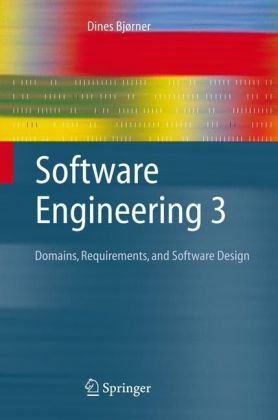
Reviews
There are no reviews yet.